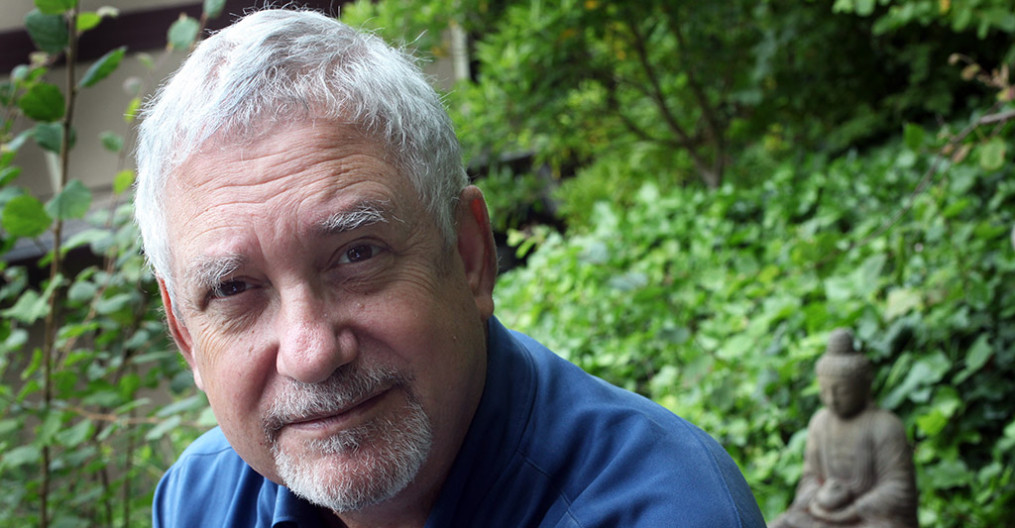I read that the Royal Beekeeper at Buckingham Palace told the bees in the beehives there that the Queen had died but that they had a new master who would take good care of them. The beekeeper apparently received some teasing in the Press, but it turns out that the practice of “telling the bees” about momentous occasions such as weddings, births, and deaths is an old custom, especially in England, but also throughout Europe. No one knows where or when the practice began; there is some speculation that it goes back to ancient Greece and the belief that bees were a bridge between the living world and the afterlife.
I was struck by the poignancy and graciousness of this custom. It seems to me like a throwback to a time when a largely rural and farm-based populace was more sensitive to the rhythms and manifestations of the non-human world of nature. It also indicates that people have long been impressed with the sense that bees have an unusual, even magical, kind of intelligence. How they know to build their hives using a three-dimensional hexagonal structure—which just happens to be the strongest design—and how they are able to find their way home carrying minute amounts of pollen and nectar to contribute to the communal store of honey is indeed magical. How do their tiny insect brains accomplish all this?
As it happens, I have recently been reading The Mind of a Bee by Lars Chittka, a eminent insect scientist who unpacks for the general reader the near-incredible research on bee brains and how bees do what they do. Bees have been an object of fascination by naturalists for centuries. How do bees unerringly find their way home from flower patches miles away? How do they then communicate to other bees in the hive the exact location of this flower patch? How do they learn and remember which flowers have the best pollen and nectar? And after a bee-swarm—a magical event in itself—how do they collectively decide, from among many new hive sites, the best one to relocate to? And how do they do this with brains containing only a million neurons, compared to humans’ 100 billion?
Answers to these questions are not just relevant to insect specialists like Chittka. Bees and their ability to pollinate food crops are an essential aspect to food security for humanity generally. When a bee virus killed off a substantial percentage of bees world wide a few years back, there was grave concern that there would not be enough bees to pollinate key food crops that feed humanity planet wide. Should all the bees in the world suddenly vanish—and given the unforeseen effects of rapid climate change, that could conceivably happen—we would suddenly realize how critical the relationship between bees and humanity really is. The custom of “telling the bees,” from that perspective, is not just a kindly rural custom; it reflects an intuition that we need bees, we want them near, we don’t want them to go. “Please don’t go” is a part of the litany traditionally recited to the bees when they are told of deaths in the family. Sometimes black cloth is draped over the hives to let them know what has happened, and to convey that we care what happens to them.
One time, a few years back, a hive of bees actually swarmed in our backyard. To step outside in that moment was to be immersed in a mesmerizing swirl of buzzing, hypnotized bees all flying in a widening circle around a nearby tree. Even though to stand in the midst of the swarming was to be surrounded on all sides by buzzing bees, we did not feel concerned about being stung. Swarming bees are in, as we would say, an altered state of consciousness. They are all single-mindedly engaged in finding a new home.
According to Chittka, the next step after a swarm is for bee scouts to go forth in all directions, looking for a suitable hollow in a tree or similar sheltered place to start a new hive. The scouts spread out for miles, and then return to the hive, somehow reporting what they have found to their fellow bees. In a process that is to this day still mysterious, at some point the assembled bees reach consensus as to the best new location, and launch themselves as one, led by the bee scouts, to their new hive site. How do they decide? How does each bee, with its tiny, microscopic brain, understand and process the information from the bee scouts? How do they come to an agreement?
This is a palpable and readily observable mystery of nature. Bee intelligence is like the intelligence of life itself—the same intelligence that has produced all the myriad life forms we know and see, including ourselves. The custom of “telling the bees” in that sense is a way of acknowledging, even worshipping, the consciousness that inhabits all things.

Thank you for this amazing and very educational story. It’s going to make me see Bees ? in a whole different way..
?
Lew, this is so beautiful. I’m posting it on my site.
Fascinating. Turns out just yesterday I was listening to a talk by the British Theravada monk Ajahn Amaro (abbot at Amaravati monastery in the UK) in which he mentioned the buzzing sound of a swarm of bees. He was setting the stage for the “transcendent” meditation technique of listening to a high pitched sound in the background when we practice being aware of sounds– a technique taught to him by his teacher, the very senior American monk Ajahn Sumedho. In this talk Ajahn Amaro mentioned how bees in a swarm are often viewed as a prophetic occurrence in the Old Testament of the Bible.
Thanks for this post, Lewis.